MESOTHELIOMA CAUSES
Mesothelioma causes are limited to direct and secondary asbestos exposure. Asbestos exposure is known to be responsible for a variety of health issues, including:
- Malignant mesothelioma
- Asbestos lung cancer
- Asbestosis
- Diffuse pleural thickening
- Fibrosis
Asbestos as a cause of mesothelioma was discovered in connection with occupational exposure to the mineral. Asbestos miners, factory workers, shipyard workers and construction workers were the most likely to contract the deadly disease and amongst the first victims. Mesothelioma is a latent disease that can take anywhere from 30 to 40 years to become symptomatic. A number of cases of mesothelioma were therefore reported within similar windows of time, displaying similar occupational backgrounds. Establishing the link back to asbestos (which was already linked to a number of aforementioned diseases) was a relatively simple task.
Although other causes of mesothelioma have not been ruled out, thus far asbestos exposure is the only known sure cause.
About Asbestos
Asbestos is a group of six naturally occurring fibrous metamorphic minerals: chrysotile, tremolite, actinolite, amosite, crocidolite and anthophyllite. Of the hydrous magnesium silicate variety, asbestos has long been used for a variety of industrial and commercial purposes. Once viewed as a "miracle mineral," asbestos was commonly used as an insulator. Resistant to heat and fire and high in tensile strength, asbestos was used for insulation in buildings, automobile parts and the shipbuilding trades. Miners, harvesting the hazardous mineral on a daily basis, were most at risk of developing mesothelioma because of the amount of direct asbestos exposure they faced.
The health hazards associated with asbestos have been known since the late nineteenth century, though they were ignored for the purpose of business prosperity. A result of increased public awareness and growing health concerns, asbestos was finally regulated under section 112 of the Clean Air Act in 1970.
Types of Asbestos
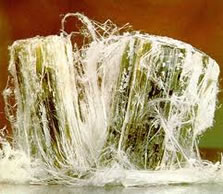
Chrysotile
Chrysotile asbestos - Also called white asbestos, chrysotile asbestos is viewed to be the safest of the six because it is less friable (less brittle / likely to produce airborne microbes) and therefore less likely to be inhaled. More than 95% of asbestos used today is of the chrysotile variety. Some early evidence suggested that chrysotile asbestos did not pose a health hazard even when inhaled, though more recent animal studies have dispelled this myth. Chrysotile is the only type of asbestos classed as a serpentine mineral (fibers making up chrysotile are of a curled variety).
The remaining five types of asbestos are amphibole minerals, meaning that they are made up of straight, needle-like fibers.

Tremolite
Tremolite asbestos - Tremolite asbestos is not often used industrially, though it was sometimes found in certain commercial products such as talcum powder.
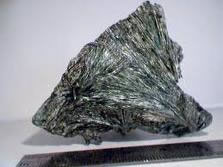
Actinolite
Actinolite asbestos - Like tremolite, actinolite asbestos is not often used industrially. Airborne actinolite asbestos fibers are easily inhaled and severely damaging to the lungs.
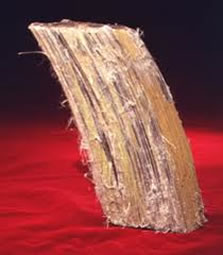
Amosite
Amosite asbestos - Also called brown asbestos, amosite asbestos is used for a variety of commercial purposes such as pipe and cement sheet insulation.
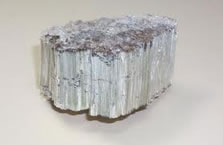
Crocidolite
Crocidolite asbestos - Also called blue asbestos, crocidolite asbestos is viewed as the most dangerous of the six types.
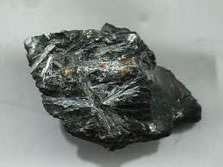
Anthophyllite
Anthophyllite asbestos - Like tremolite and actinolite, anthophylite asbestos is not often used industrially, though it can occasionally be found in certain types of vermiculite (natural minerals that expand with the application of heat).



For questions related to the foundation and to make contributions please contact:
Executive Director
Toll Free:
(800) 909-Meso (6376)
3011 Townsgate Rd, Suite 450
Westlake Village, CA 91361
For more information and other questions contact:
(800) 909-6376
©2024 Mesothelioma Research Foundation Of America
